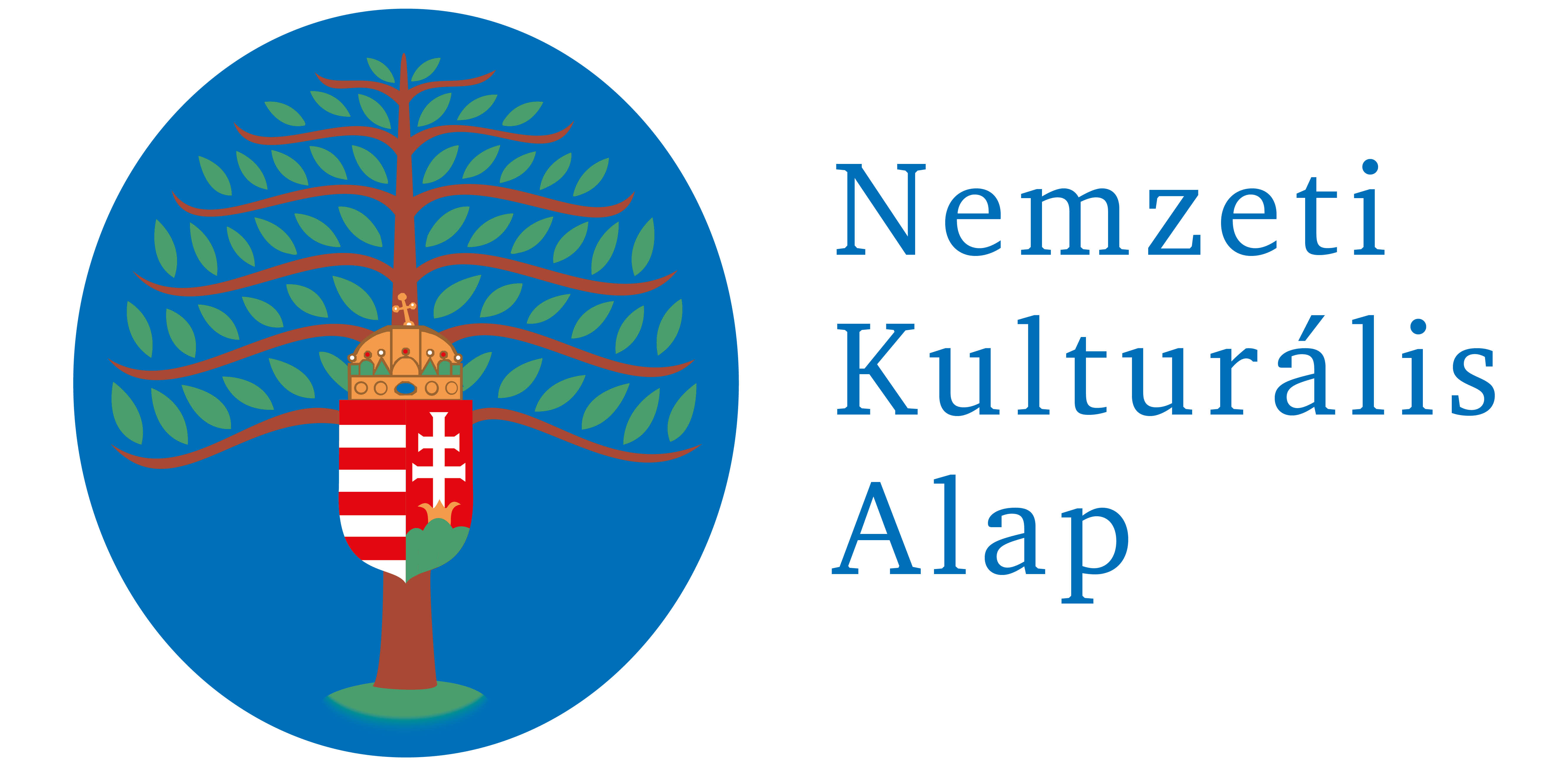Naptár
2024. április 15–19.
2024. április 20.
Eötvös József Kárpát-medencei középiskolai szónokverseny
2024. március–április
A Magyar Nyelvtudományi Társaság tavaszi felolvasóülései
Tovább...
2. 2015.
Abstracts in English
Studies
Bartha, Krisztina
Characteristics of the speech perception processes of Hungarian-Romanian bilingual children in grades 1–4
The aim of this paper is to study the Hungarian speech perception processes of Hungarian and Romanian children of grades 1–4, living in monolingual Hungarian or mixed families. According to the hypotheses, the performance of children learning Hungarian and living in monolingual families stands closer to standard; and as age increases, pupils in grades 1–4 have more and more advanced speech perception skills. 136 children participated in the research who were examined with the GMP diagnostic test of speech perception. Results show that children learning Hungarian and living in monolingual families perform significantly better in all tests compared to the other groups. As the age increases, no significant development can be shown. All these findings indicate the need for the development of children living in linguistic diversity.
Heltai, János Imre
Some Hungarian-language educational aspects of Roma/Gypsy children’s bilingualism
In Hungary, there are several Romani–Hungarian and Boyash–Hungarian bilingual communities. Children coming from these communities grow up in a multilingual environment (in German language pedagogy: lebensweltliche Mehrsprachigkeit): the family or the wider community uses the minority language, too. In the monolingual Hungarian scholar system this is a disadvantage today. In my paper, I examine the possibilities of a mother-tongue pedagogical methodology which is based on a new approach of bilingualism (translanguaging), and which is able to offset the disadvantage or even turn it into an advantage.
Bóna, Judit
6–13-year old children’s disfluencies in different speech tasks
Occurrence of disfluencies in speech is influenced by several factors like the speaker’s age and the speech task. The present paper analyses the frequency of disfluencies of 6-13-year old children in case of three speech tasks: interview, story-telling about pictures, and narrative recall. Unlike previous studies, this one focuses on the effect of speech tasks (such as speech tasks that require different planning), and the different speech tasks are not exclusively regarded as methods to elicit longer texts. According to the results there is no significant difference between the age groups, but there is significant difference between the speech tasks only in case of the 13-year-old group. The results show which speech task is easier for the children to produce at what age, and what language planning problems they have while speaking.
Workshop
Nagy-Varga, Zsolt
Teaching parts of speech with the help of the interactive whiteboard
This study introduces the phenomena of the digital world and tools gaining more and more role in the 21st century. It discusses the characteristics of the learning environment that has changed, the effects of digital tools on the processes of learning and teaching, and it draws attention to the fact that the role of teachers has expanded with new elements due to the new technological teaching equipment. This study summarizes parts of the National Curriculum that discuss the first language competence and digital competence and it provides insights into internet websites and digital tools that help develop the joint development of these two competencies. It provides details about the use of the interactive whiteboard; it contains a lesson plan based on the use of the interactive board; it defines the didactic aims related to the lesson plan, it proposes methods and work forms and it shares recommendations on methodology.
Asztalos, Anikó
Strategies for lesson planning supporting speech development in classroom
The effectiveness of teaching and training can be improved if the students’ basic communication competences necessary for social life are developed. The principle scene of this development work is classroom. In order to be able to talk fluently and properly, students need to practise constantly in the classes. The topic of this study is the development of students’ speech and expression. After an introduction about the methodology, the study introduces the differences of sixteen frontal lessons and three cooperative classes designed by the author in terms of word numbers and turns. Results show that there is a connection between the organization of the class and the number and length of student talking time. The study also contains the lesson plans of the three cooperative lessons. Based on those, it also draws conclusions about possible strategies, pedagogical principles, and exercise types of teaching speech.














